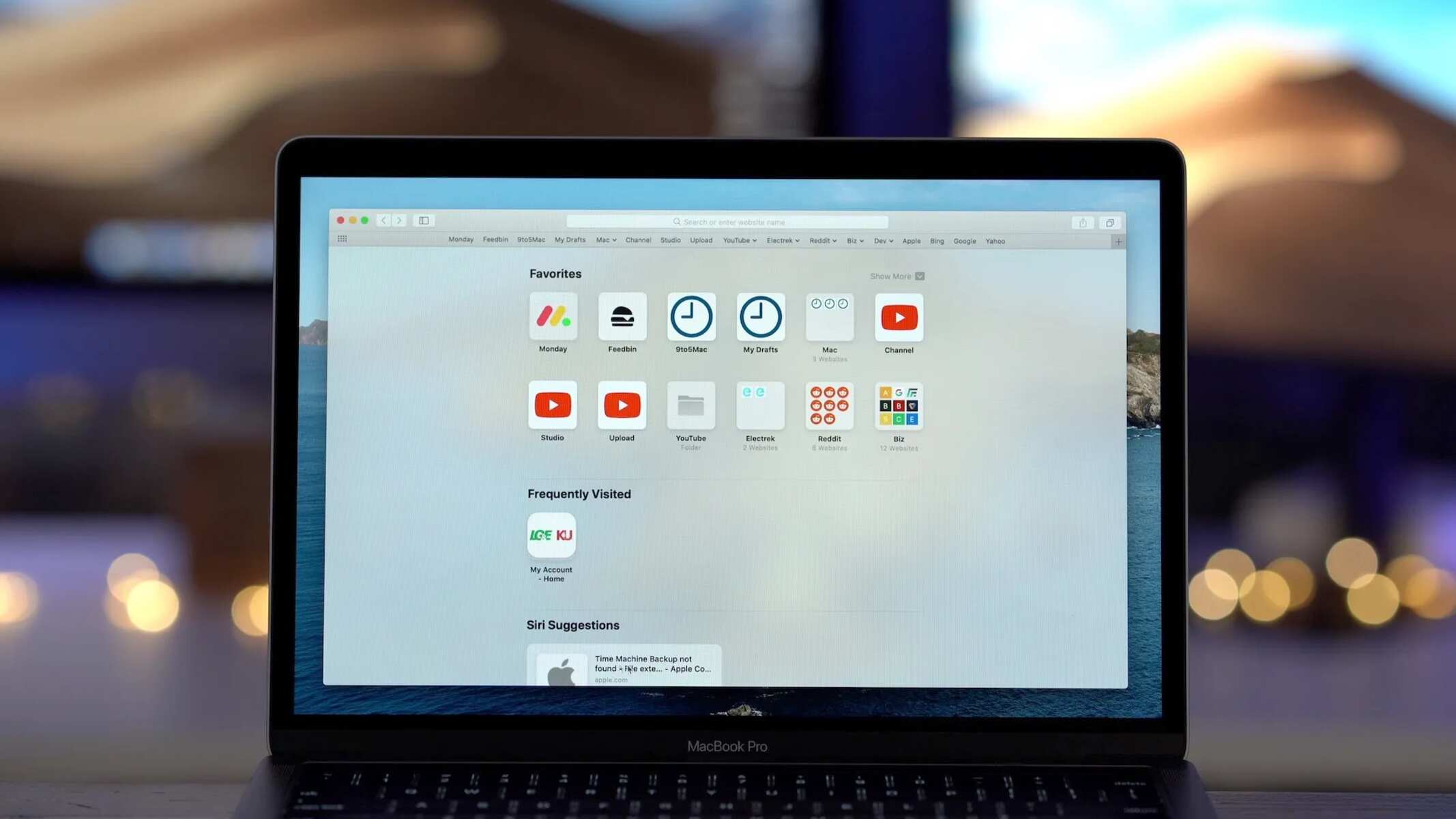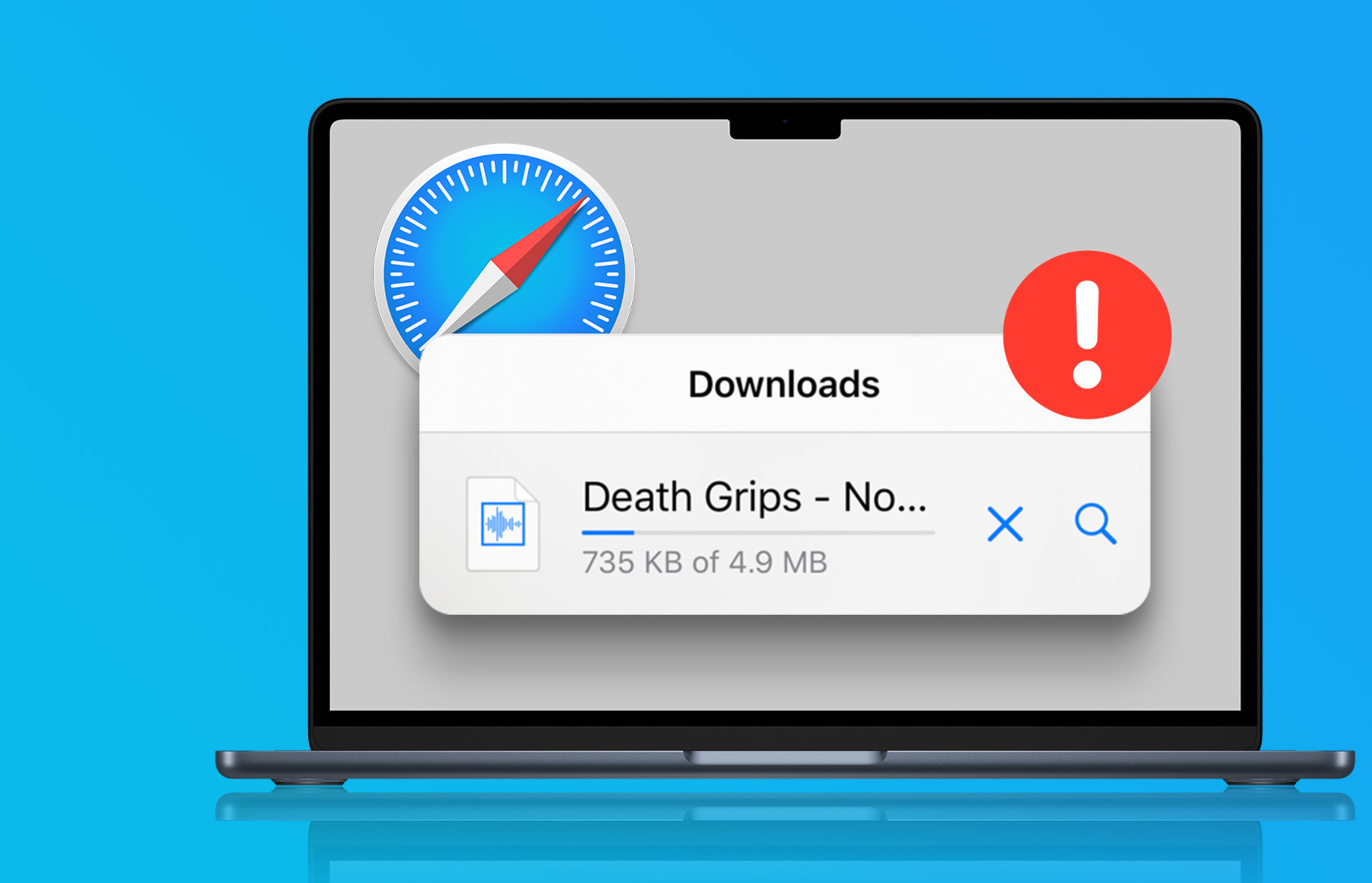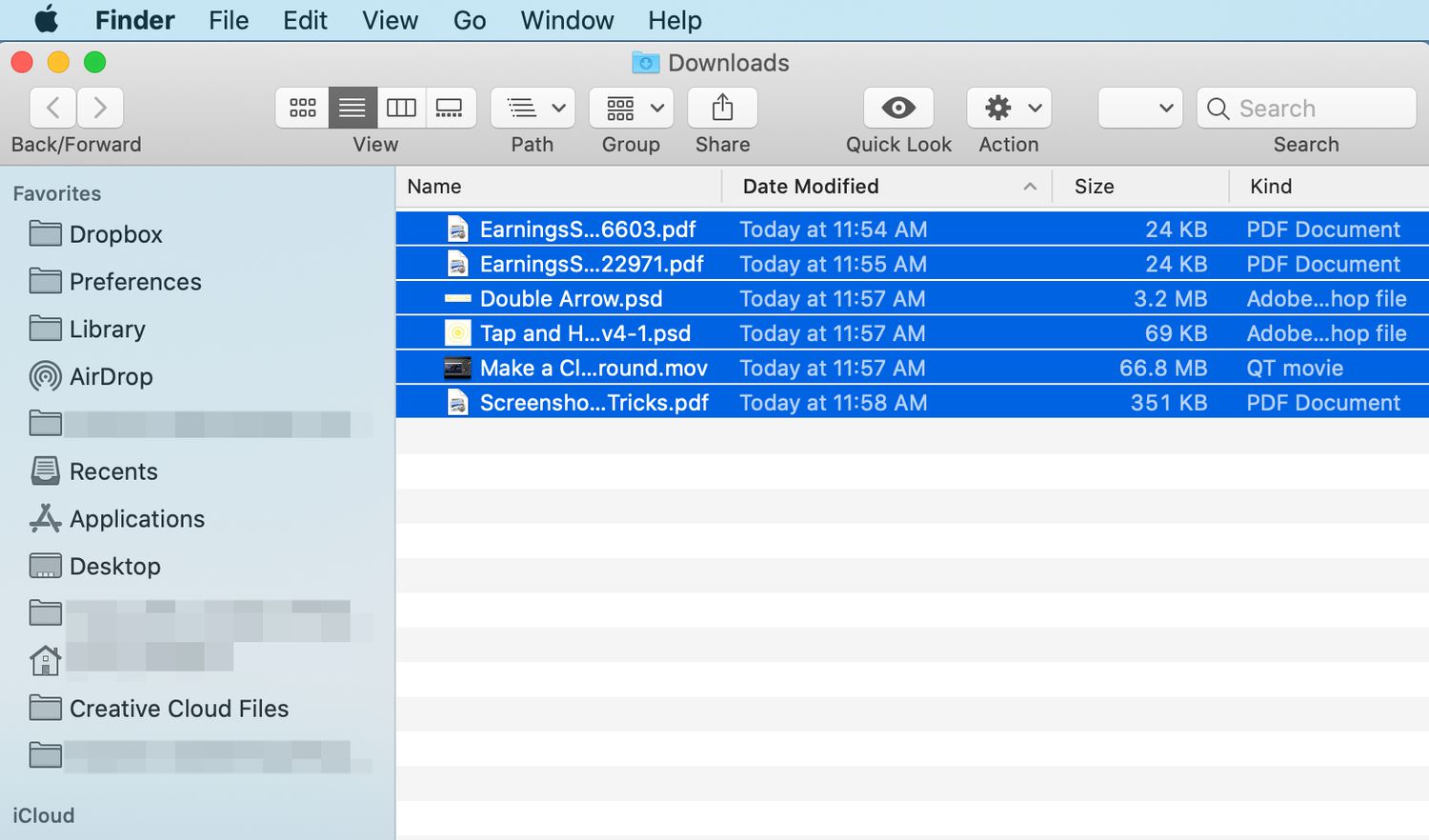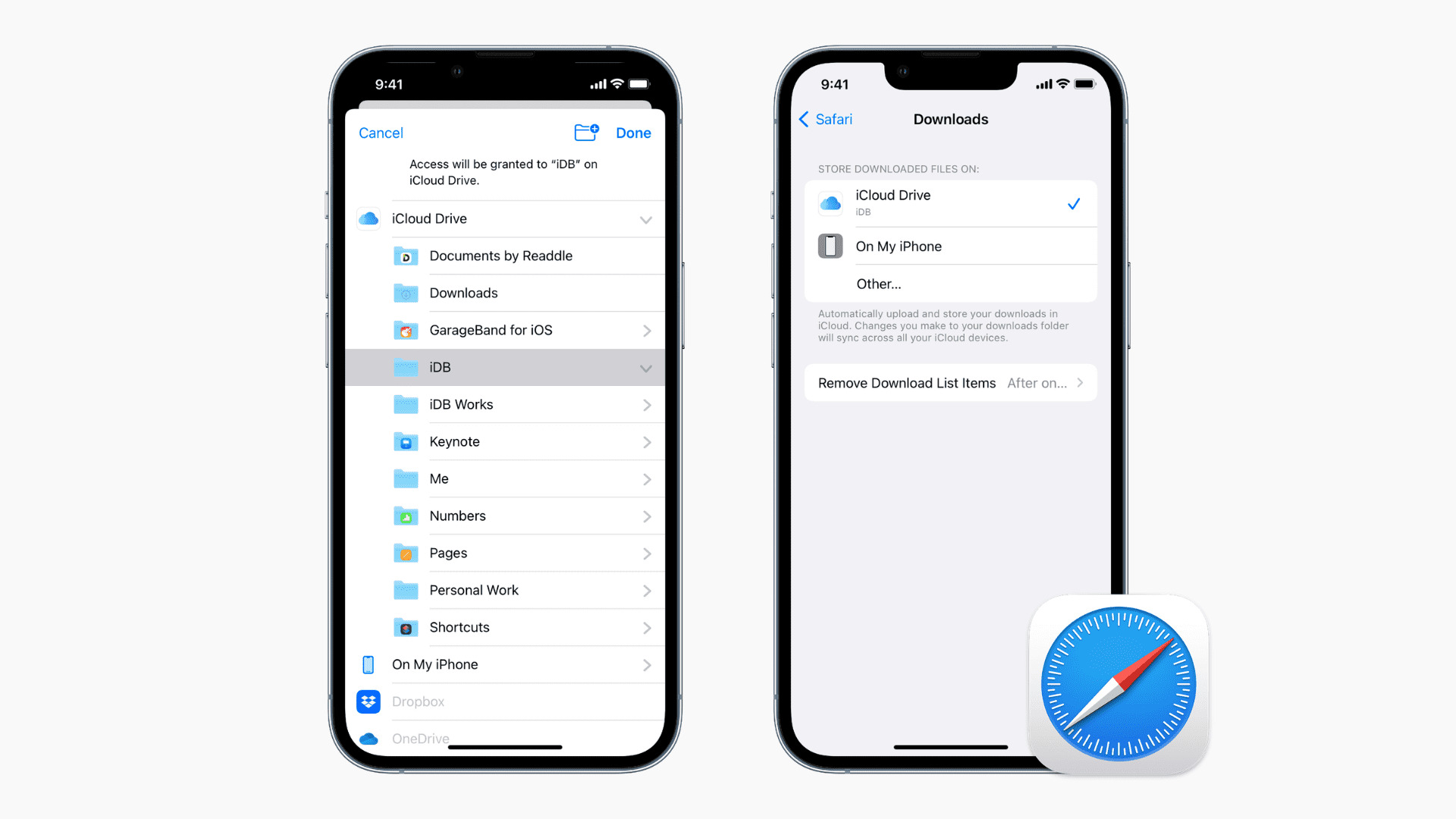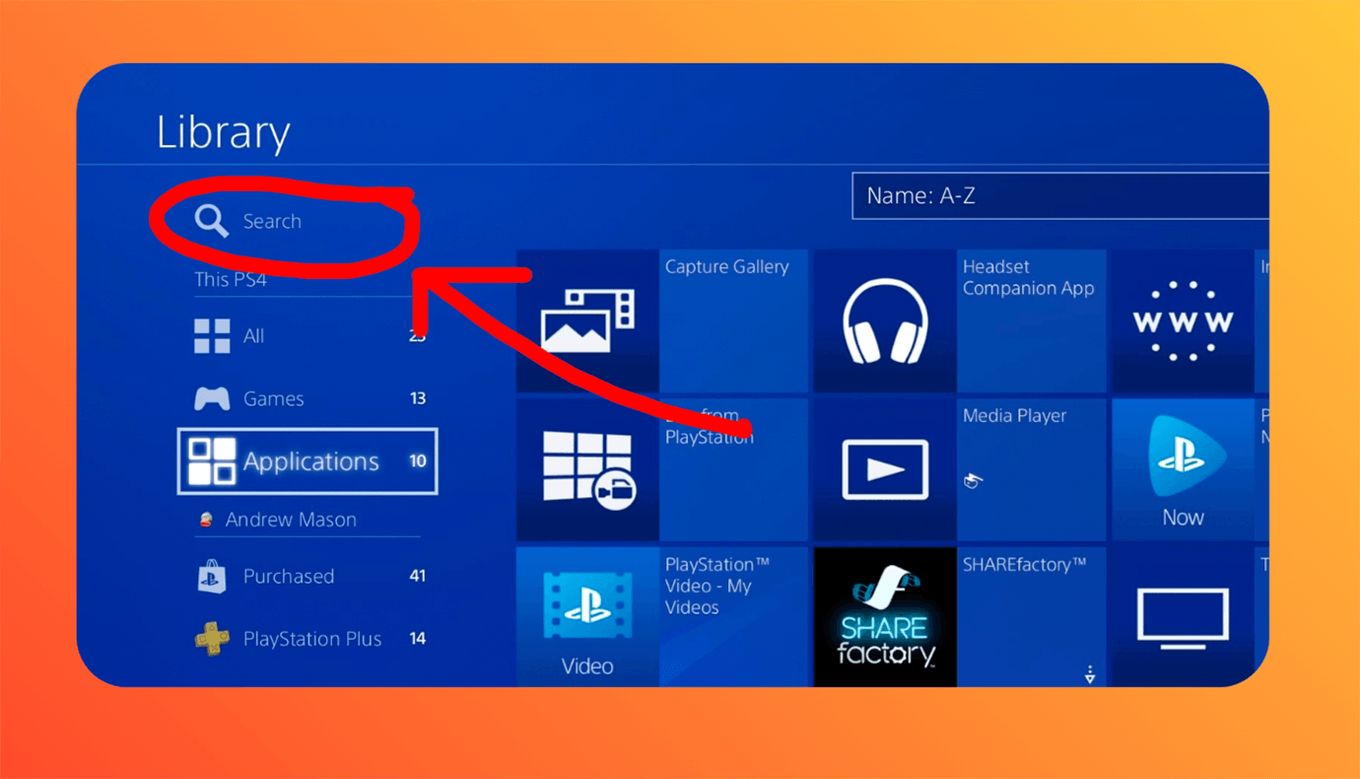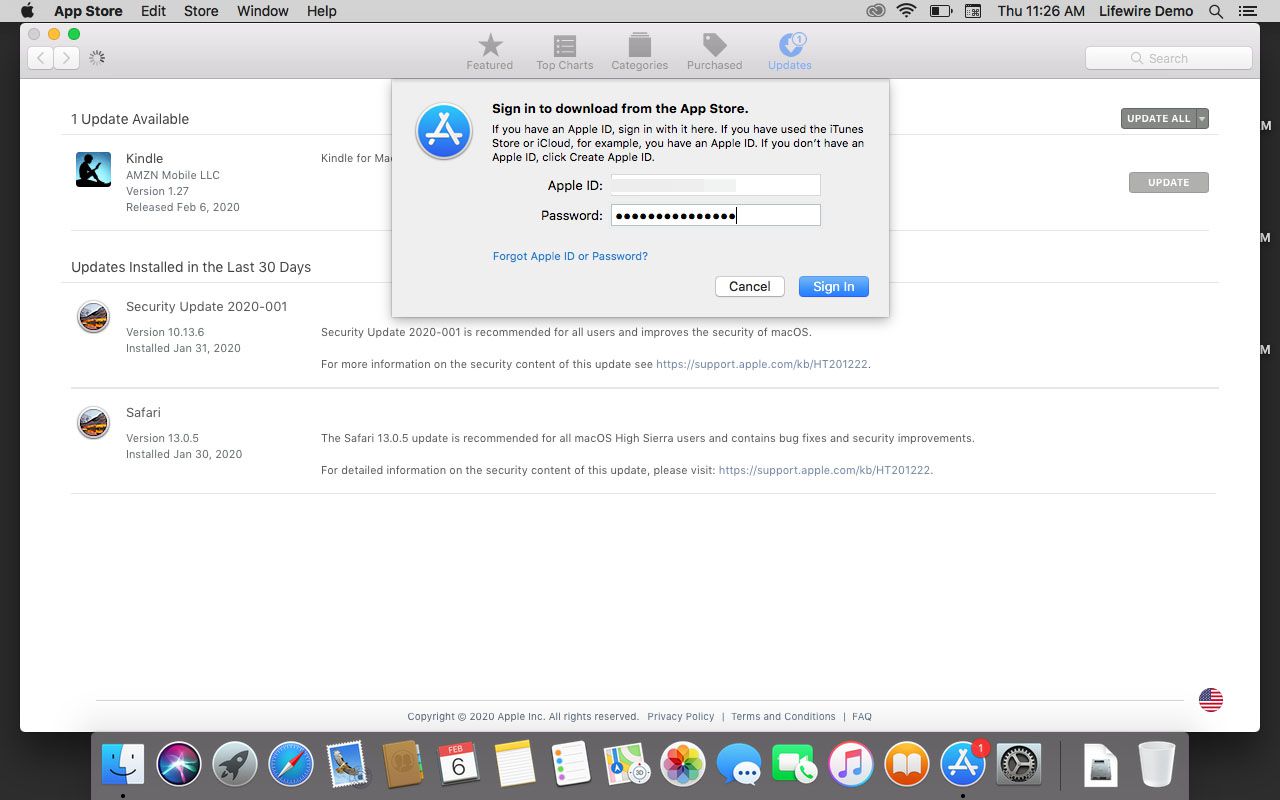Introduction
Safari, Apple's native web browser, is renowned for its sleek interface, robust performance, and seamless integration with the Apple ecosystem. It offers a user-friendly experience, making it a popular choice among Mac, iPhone, and iPad users. One of the essential features of Safari is its download manager, which allows users to conveniently access and manage their downloaded files. Whether it's a PDF document, a software installer, or a multimedia file, Safari simplifies the process of downloading and organizing content from the web.
In this article, we will delve into the intricacies of finding, accessing, and managing downloads on Safari. From understanding the download location to optimizing the download settings, we will explore the various aspects of handling downloads within the Safari browser. Additionally, we will address common troubleshooting issues that users may encounter when dealing with downloads, providing practical solutions to ensure a seamless browsing experience.
By gaining a comprehensive understanding of Safari's download capabilities, users can harness the full potential of this feature, streamlining their workflow and maximizing productivity. Whether you're a seasoned Safari user or a newcomer to the Apple ecosystem, mastering the art of managing downloads on Safari will undoubtedly elevate your browsing experience. So, let's embark on this journey to unravel the nuances of Safari's download functionality and empower ourselves with the knowledge to make the most of this versatile web browser.
Accessing Downloads on Safari
Accessing downloaded files on Safari is a straightforward process that allows users to retrieve their saved content with ease. When a file is downloaded through Safari, it is stored in a default location on the user's device, ensuring quick access whenever needed. To access downloads on Safari, users can follow these simple steps:
-
Using the Downloads Button: In Safari, the downloads button is prominently displayed on the toolbar, typically located at the top right corner of the browser window. By clicking on this button, users can instantly access a list of their recent downloads. This provides a convenient way to view and open downloaded files without navigating through multiple menus.
-
Keyboard Shortcut: For users who prefer keyboard shortcuts, accessing downloads on Safari is as simple as pressing "Command" + "Option" + "L" on a Mac. This key combination instantly opens the downloads window, allowing users to quickly locate and interact with their downloaded files.
-
Viewing in the Downloads Folder: Alternatively, users can access their downloaded files by navigating to the Downloads folder on their device. In Safari preferences, users have the option to specify the default download location. By default, downloaded files are stored in the Downloads folder, which can be easily accessed through the Finder on Mac or the File Explorer on Windows.
-
Utilizing the Sidebar: Safari's sidebar offers another convenient method for accessing downloads. By enabling the sidebar in Safari preferences, users can access their downloads, bookmarks, and reading list with a simple click, streamlining the process of retrieving downloaded content.
By leveraging these methods, users can effortlessly access their downloaded files on Safari, ensuring that their web-based content is readily available for viewing, editing, or sharing. This seamless accessibility enhances the overall browsing experience, allowing users to efficiently manage their downloaded files without unnecessary complexity or time-consuming navigation.
Managing Downloads on Safari
Managing downloads on Safari encompasses a range of functionalities that empower users to organize, monitor, and optimize their downloaded files efficiently. With a myriad of options and tools at their disposal, Safari users can streamline their workflow and ensure that their downloaded content is well-organized and easily accessible. Let's delve into the various aspects of managing downloads on Safari to harness the full potential of this feature.
Download History
Safari maintains a comprehensive download history, allowing users to track their past downloads effortlessly. By accessing the History menu in Safari, users can view a chronological list of their downloaded files, enabling quick access to previously acquired content. This feature proves invaluable when users need to revisit or reference previously downloaded files, enhancing productivity and facilitating seamless information retrieval.
File Organization
Efficient file organization is pivotal in managing downloads effectively. Safari provides users with the flexibility to categorize and store downloaded files in a manner that suits their preferences. By default, downloaded files are stored in the Downloads folder, but users can customize the download location to align with their organizational structure. This customization ensures that downloaded files are neatly arranged and easily retrievable, contributing to a clutter-free and efficient browsing experience.
Download Preferences
Safari offers a range of download preferences that enable users to tailor their download experience to suit their specific requirements. From specifying the default download location to choosing whether to display the downloads window when a file is downloaded, these preferences empower users to personalize their download workflow. Additionally, users can set Safari to automatically open safe files after downloading, streamlining the process of accessing downloaded content seamlessly.
Clearing Downloads
Regularly clearing the downloads list in Safari can aid in decluttering the interface and maintaining an organized workspace. By removing completed or outdated downloads from the list, users can ensure that the downloads window remains focused on relevant and recent content. This practice contributes to a streamlined browsing experience, preventing the downloads list from becoming overwhelming and unwieldy.
Download Extensions
Safari supports a variety of download extensions that augment its native download capabilities. These extensions offer enhanced functionalities such as batch downloading, download scheduling, and integration with cloud storage services. By leveraging these extensions, users can expand Safari's download capabilities, catering to advanced requirements and optimizing their download management process.
By mastering the art of managing downloads on Safari, users can harness the full potential of this feature, elevating their browsing experience and maximizing productivity. With a nuanced understanding of download history, file organization, preferences, clearing downloads, and download extensions, users can navigate Safari's download ecosystem with confidence and efficiency, ensuring that their downloaded content is seamlessly integrated into their workflow.
Troubleshooting Downloads on Safari
Troubleshooting downloads on Safari involves addressing potential issues that may arise during the download process, ensuring a seamless and uninterrupted experience for users. While Safari is renowned for its reliability, occasional hiccups or complications with downloads can occur. By understanding common troubleshooting scenarios and their respective solutions, users can navigate these challenges with ease, optimizing their download experience on Safari.
Slow Download Speeds
Slow download speeds can be a frustrating impediment when attempting to retrieve files from the web. In such instances, it is advisable to check the internet connection to ensure that it is stable and operating at an optimal speed. Additionally, users can consider pausing and resuming the download, which may help in reestablishing a stable connection and improving download speeds. Clearing the browser cache and ensuring that no other bandwidth-intensive activities are running concurrently can also contribute to enhanced download speeds.
Incomplete or Corrupted Downloads
Encountering incomplete or corrupted downloads can disrupt the seamless acquisition of files. To address this issue, users can attempt to re-download the file, ensuring that the download process is not interrupted. Verifying the integrity of the source from which the file is being downloaded is crucial, as corrupted files may originate from unreliable sources. Utilizing a download manager extension for Safari can also aid in managing and verifying downloads, reducing the likelihood of incomplete or corrupted files.
Downloads Not Initiating
At times, users may encounter situations where downloads fail to initiate despite clicking on download links or buttons. This can be attributed to browser extensions or settings that may be impeding the download process. Disabling browser extensions and ensuring that download settings are configured appropriately can help resolve this issue. Additionally, clearing the browser cache and restarting the browser can alleviate potential obstacles hindering the initiation of downloads.
Security Warnings and Blocked Downloads
Safari's robust security features may occasionally flag certain downloads as potentially harmful, leading to security warnings or blocked downloads. In such cases, users can review the security warning to ascertain the nature of the flagged content. If the download is deemed safe, users can proceed by acknowledging the security warning and allowing the download to proceed. However, exercising caution and discretion when encountering security warnings is paramount to safeguarding the integrity of the device and data.
By adeptly troubleshooting downloads on Safari, users can overcome potential obstacles and ensure a seamless download experience. Whether addressing slow download speeds, incomplete or corrupted downloads, download initiation issues, or security warnings, users can leverage these troubleshooting strategies to optimize their download workflow on Safari, fostering a smooth and efficient browsing experience.







